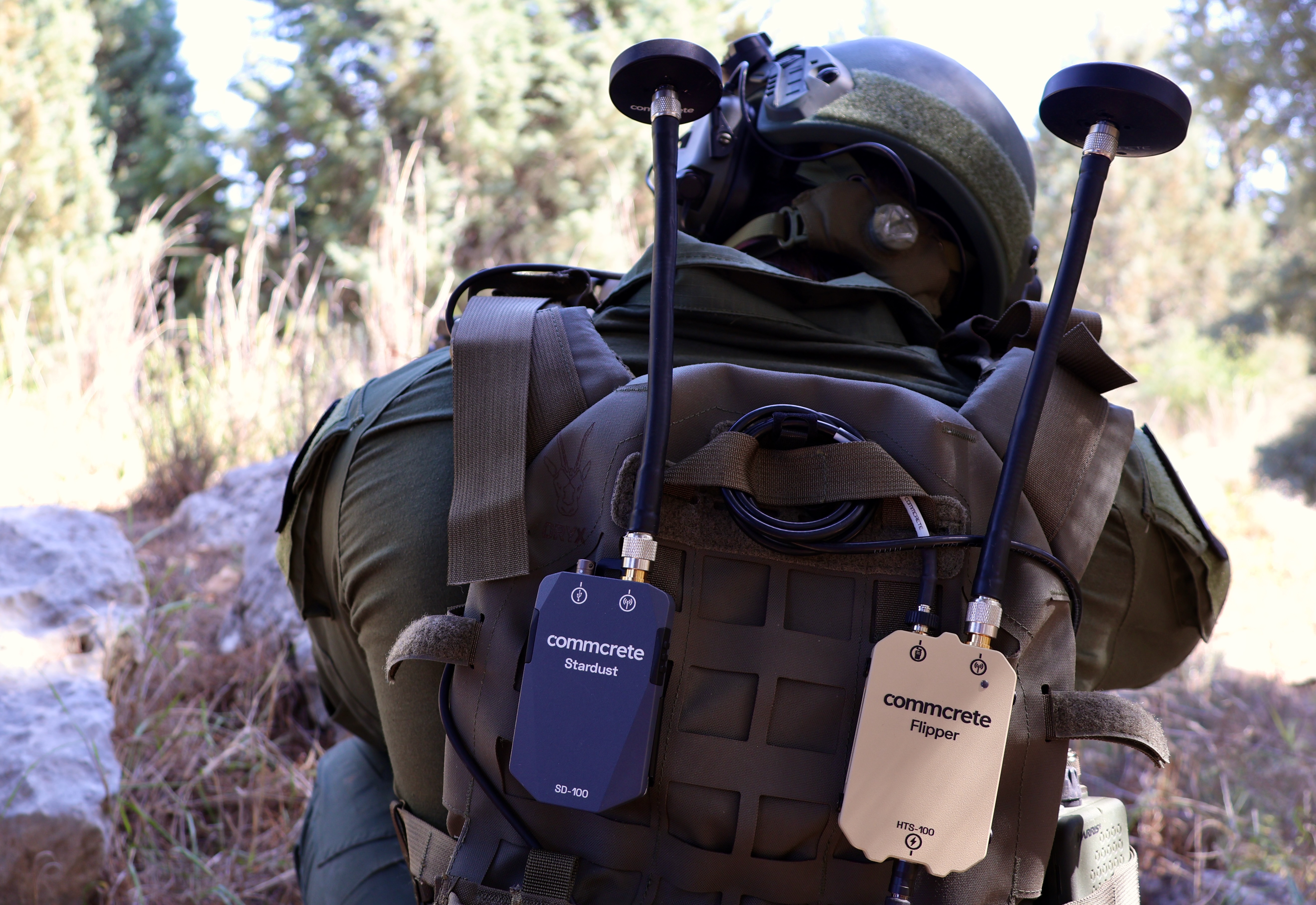When Communications Fail, Everything Else Unravels
June 28, 2005. Deep in the mountains of Afghanistan, a four-man U.S. Navy SEAL team found themselves surrounded, outnumbered, and under fire from all sides. Their lifeline was satellite communication, the only way to call in reinforcements. But as they tried to connect, nothing came back. The thick foliage and unforgiving terrain blocked the signal. The call never went through.
In that desperate moment, Lieutenant Michael Murphy made a fateful choice. He left cover and moved into the open, fully exposed, to force a connection. He managed to get the call out, but the time lost proved devastating. By the end of the firefight, three of the four SEALs were killed.
This was Operation Red Wings, one of the most tragic days in Naval Special Warfare history, later depicted in the book and film Lone Survivor. On screen it was a gripping scene. In reality, it underscored a brutal truth: when communications fail, everything else unravels.
That truth hasn’t changed. Modern defense and emergency operations still depend on one thing above all else: the ability to communicate when everything else is working against you. Whether it’s a unit on the frontlines, a search-and-rescue team in a storm, or first responders in the aftermath of a disaster, the stakes are the same. If communication fails, coordination falters and lives are put at risk.
Ground-based networks are fragile. Towers fall, lines get cut, power grids fail. Conventional radios also have limitations — distance, terrain, and weather all affect connectivity. In the toughest environments, neither can be relied on alone.
That’s why satellite communications (SATCOM) are essential. But not all SATCOM is created equal.
That’s why we’re excited to back Commcrete, a company building next-generation SATCOM systems designed for the most demanding missions, where speed, security, and reliability are non-negotiable.
The Tradeoff That Defined SATCOM
Since the first military satellites were launched in the 1960s, SATCOM has been a backbone of global defense and emergency operations. The earliest systems prioritized one thing above all: reliability. That meant low-frequency, low-bandwidth connections, enough to pass voice and simple data, but painfully limited for anything beyond.
By the 1990s and early 2000s, the demands of the modern battlefield and disaster response had changed. Units needed to move large amounts of data including images, files, live video feeds, coordinates, and real-time intelligence. Higher-frequency bands promised that bandwidth, but they introduced a tradeoff: the faster the signal, the less reliable it became.
And so SATCOM evolved into a set of tradeoffs across both frequency and orbit. Lower-frequency bands like L-band, typically delivered over geostationary (GEO) satellites, were valued for their reliability and could hold a signal through foliage, storms, and dust, but their narrow bandwidth and GEO’s high latency made them too limited for today’s missions. Higher-frequency bands like Ka and Ku enabled broadband-like speeds, particularly with the rise of low-earth-orbit (LEO) constellations such as Starlink and StarShield. These systems offered global coverage and lower latency, but they also introduced new vulnerabilities, requiring clear skies and constant line-of-sight, drawing heavy power, and creating a detectable signal footprint that adversaries could exploit.
The result was a patchwork of systems, each strong in one dimension but compromised in another. Operators could get reliability at the cost of speed, or speed at the cost of reliability. Either way, SATCOM remained something they had to plan around, not something they could simply depend on.
Commcrete: Turning SATCOM Into a Dependable Constant
Commcrete was founded to break this cycle, and it has already done so for many of the Western world’s most demanding missions. Its technology combines the reliability of low-frequency systems with the throughput needed for modern missions, delivering communications that operators can finally rely on in any environment. Whether under thick foliage, harsh weather conditions, or in contested electronic environments, Commcrete provides fast, secure, and dependable connectivity.
At the core of Commcrete’s product line are tactical handheld devices weighing less than 150 grams, about the size of a playing card. The first is Flipper, small enough to slip into a pocket and powerful enough to convert any traditional line-of-sight radio into a SATCOM-capable terminal. The second is Stardust, which can operate as a standalone unit. Beyond handheld, Commcrete offers rugged, multi-network systems designed for deployment across air, land, and sea, ensuring every echelon of a mission shares the same reliable backbone. Across these form factors, Commcrete supports the full spectrum of mission needs: SOS alerts and emergency calls with extremely low latency, Blue Force Tracking for real-time visibility of friendly forces, and push-to-talk voice or secure text for coordination in the field. The systems also enable secure transmission of files, mission data, and C2/telemetry, ensuring continuous connectivity wherever operations demand.
Commcrete’s innovation is not limited to military use cases. With its latest product, Bitel, the company is extending its technology to first responders, critical infrastructure, automotive, and other essential civilian applications. Bitel brings the same ultra-compact, low-SWaP architecture to firefighters battling wildfires beyond cell coverage, ambulances coordinating in disaster zones, and vehicles that require always-on connectivity when terrestrial networks fail. By making satellite communication plug-and-play for first responders and commercial operators, Commcrete is proving how the same breakthroughs trusted in combat can deliver reliability and assurance in everyday emergencies.

This dual-use capability is part of what excites us most about Commcrete. A technology proven with the world’s most demanding tactical users can also safeguard communities, strengthen infrastructure, and keep people connected when it matters most. From the battlefield to the highway, Commcrete is redefining what it means for communications to be truly dependable.
What sets Commcrete apart is not just better performance, but a redefinition of what SATCOM can be. Their patented technology enables working without direct line-of-sight, meaning operators no longer have to position themselves for connectivity — the network works where they are, not the other way around. Its low-latency performance makes real-time coordination possible, even in fast-moving operations. Its discreet signal profile reduces detectability, giving forces a level of stealth and survivability that traditional SATCOM cannot. Taken together, these advances mark a fundamental shift in how missions can be planned and executed.
With Commcrete, SATCOM is no longer a fragile variable. It becomes a dependable constant.
Why We’re Backing Commcrete Now
We chose to partner with Commcrete because the timing could not be more critical. Global defense spending is rising amid renewed great-power competition, and the modern battlespace is becoming more autonomous and distributed: think swarms of unmanned systems, sensor-rich formations, and software-defined everything. That expansion multiplies endpoints and amplifies the need for resilient, long-range, beyond-line-of-sight communications that remain secure and low latency in contested environments. At the same time, climate-driven disasters and infrastructure shocks are increasing in frequency and severity, pushing public-safety and critical-infrastructure operators to demand the same level of reliability.
What excites us most is that Commcrete’s technology isn’t confined to a single mission set. It addresses the hard problems in defense, providing stealthy, dependable connectivity for dispersed, autonomous systems, and then carries naturally into dual-use domains: intelligence, homeland security, emergency response, and critical infrastructure protection. From soldiers at the tactical edge to first responders after a hurricane to coast guards patrolling maritime borders, the ability to assume communications will simply work reshapes how missions are planned and executed.
The market tailwinds are strong. Governments are prioritizing resilient communications as a foundational layer for autonomy, electronic-warfare resilience, and distributed C2, while commercial operators in aviation, shipping, energy, and transportation face similar requirements as their operations digitize and move beyond terrestrial coverage. Commcrete sits at the center of this demand shift, positioned to redefine an industry that touches both national security and global commerce.
That combination of timing, technology, and market pull is rare. It is why we believe Commcrete will not only become a category leader in SATCOM, but an essential layer of the world’s communications infrastructure in the years ahead.
The Operators Who Built Commcrete
At the heart of every great company is a great team, and Commcrete is no exception. The company was founded by Itzik, Joshua, and Michael, operators who lived these challenges firsthand and understood the cost of failed communications not as a technical inconvenience but as a mission-critical reality. That perspective has shaped every detail of Commcrete’s design, from the handheld terminal to the architecture of the broader network.
We’ve been deeply impressed by the discipline, creativity, and mission-driven focus that Itzik, Joshua, and Michael bring to the table. They combine battlefield experience with world-class engineering talent, building not just a product but a platform that can reshape how communications are delivered in the toughest environments on earth.

We’re proud to back Commcrete and to support their mission of turning SATCOM from a fragile variable into a dependable constant. This is exactly the kind of rare company we look for: visionary founders, transformative technology, and a market with global relevance. We’re excited to partner with the Commcrete team on the journey ahead.



.png)





